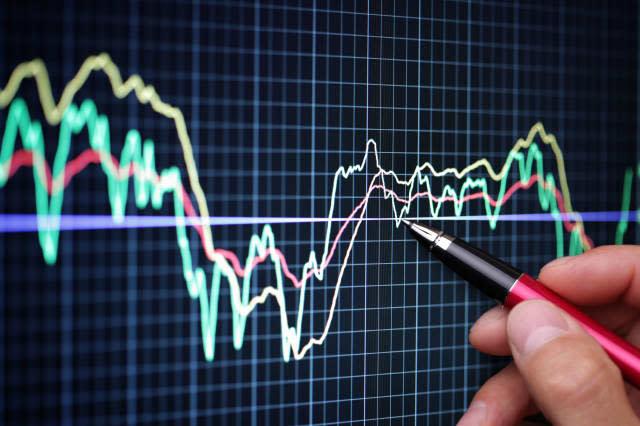Stocks & Shares ISA: how does it work, limit, how to invest, fees, cheapest providers and more

The average Stocks and Shares ISA fund earned 15 times more than Cash ISAs in the last year, it's been revealed.
Financial data site Moneyfacts found the average Stocks and Shares ISA fund had grown by an impressive 15.8% during the 2016/17 tax year to date.
By comparison, Cash ISA savings grew by just 1.01% on average over the same period.
While past performance is no indication of future returns, it does make a fairly strong case for opening up an investment ISA.
Here, we explain everything you need to know about this type of ISA. Read on to see if it's right for you.
Why choose a Stocks & Shares ISA?
Like the Cash ISA, whatever profit you make is free of tax.
If the idea of putting money on the stock market is likely to give you sleepless nights, then you can probably conclude Stocks and Shares ISAs are not your cup of tea.
Any investment you make should really be long-term and held for a minimum of five to 10 years. ISAs are definitely not about timing the market. If you think you'll need the money sooner, you should stick to cash.
A Stocks and Shares ISA could be an alternative or supplement to a pension. For one thing, you can draw the money earlier than you can from a pension. You can also take income from it along the way.
ISA limits
For the 2016/17 tax year you can hold up to £15,240 in stocks and shares, cash or a mixture of both. You can also transfer from investments into cash and vice versa.
The tax year ends in a couple of weeks, so if you are intending to make use of this year's allowance you need to act fast.
In the 2017/18 tax year, the allowance will jump to £20,000.
Where to buy a Stocks & Shares ISA
You can buy a Stocks and Shares ISA from an online investment platform, stockbroker, bank/building society, a fund manager or an independent financial adviser or financial planner.
In the past, investment platforms were known as fund supermarkets, where you could only invest in investment funds.
Now you can buy the full range of investments offered under the Stocks and Shares ISA umbrella. They are arguably the easiest way to invest if you want to go down the 'DIY' route and pick your investments yourself.
Some of the most popular platforms include Hargreaves Lansdown, Fidelity, and BestInvest.
Compare stocks & shares ISAs at loveMONEY.com (capital at risk)
Charges
While Stocks and Shares ISAs are essentially tax-free, you will have to pay a variety of charges, depending on which investment option(s) you go for and where you invest.
The DIY option via an investment platform or stockbroker is generally cheapest. On platforms, these can range from management charges to charges for buying or selling shares to exit fees.
Regulation changes mean that platforms can no longer accept commission payments for selling funds to customers, instead charging directly for the services they use. Investors now pay two separate fees: a fund management charge, and a platform charge.
These non-commission-based funds are referred to as 'clean' funds.
Previously, investors would pay 1.5% in fund management fees with no explicit platform fee – half of it would go to the fund manager, with the rest split between the platform and the distributer of the fund, making it hard for investors to tell who they were paying and how much.
You should make sure you understand and compare these before you invest so you don't end up paying out more than you need to.
However, it's important to not just rely on headline rates, as the total amount that will be creamed off your investments each year will also depend on the individual fund management fees of the funds that you choose to invest in.
You should also think about what type of investments you will be buying, how frequently you might buy and/or sell, and the size of your portfolio. That is also a key factor in whether you go with a platform or a stockbroker.
Another thing to bear in mind is customer service. Do you want to be able to speak to someone on the end of a phone easily?
Or would you prefer to speak to an adviser in person, bearing in mind this will be the most expensive option?
What you can put in a Stocks & Shares ISA
Experts often talk about the importance of diversification, i.e. having a mixture of investments.
A couple of index trackers might be fine to start off with, but you should think about keeping some money in cash, as well as balancing your risk with some bonds.
Although, ultimately, what you choose will very much depend on your attitude to risk.
Compare stocks & shares ISAs at loveMONEY.com (capital at risk)



